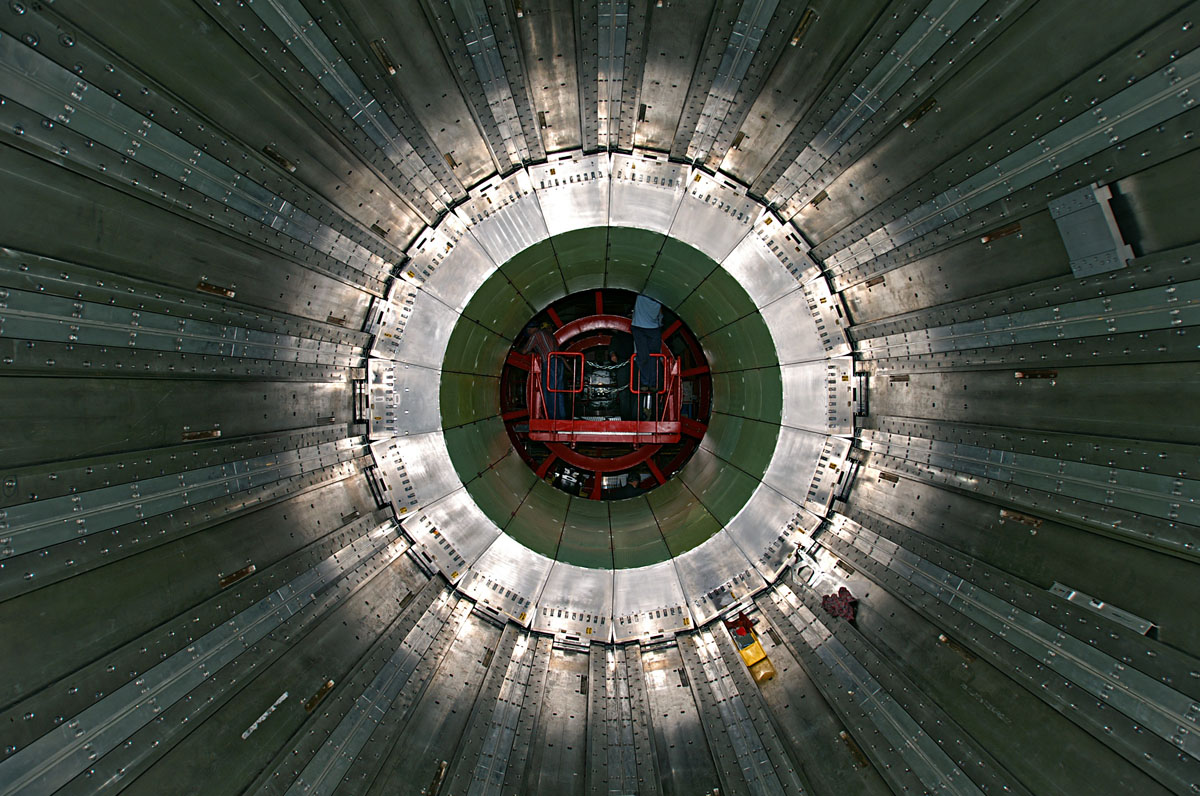HGCFC
SCIENTIFIC CONTEXT:
After the 2012 discovery of the Higgs boson, physicists believe that other particles may exist. These particles could help to answer key questions such as "what is dark matter made of? "Many experiments have already taken place at the LHC, the world's largest and most powerful particle accelerator, studying general phenomena such as high-energy pairs of quarks and leptons, or unexplained sources of missing energy. The Large Hadron Collider (HL-LHC) project aims to push the LHC's performance to its maximum to increase the potential for discoveries after 2027. The aim is to increase the luminosity by a factor of 10 over its nominal value, posing many challenges in terms of tolerance to extreme radiation and a stacking of many simultaneous collision events, particularly in the near-beam region, especially for calorimetry.
THE PROJECT:
The objective of this project is to develop a new concept of "high granularity or 5D calorimetry", allowing to obtain very detailed measurements of position, energy and time of the particles generated in the collisions and to reconstruct their temporal and spatial development. For this purpose, all the expertise of P2IO's actors in the techniques of "particle flow" (PFlow) and High Granularity Calorimetry has been implemented.
Thus, the LAL+LLR SiWLC groups have built and validated in test beams a first complete ECAL prototype meeting the requirements of a future e+e collision experiment. The LLR, SPP and SEDI HGCAL groups carried out essential R&D work on the mechanics, triggering and timing of the forward calorimeter to be deployed at the high-luminosity LHC. Finally, the LAL HGTD group carried out essential R&D on the timing capabilities of a front detector proposed for the HL-LHC.
ACHIEVEMENTS:
Addition of a "High Granularity" layer for high-speed timing measurement adopted by ATLAS (stack-up rejection, VV scattering).
Design of a "5D" high granularity calorimeter for the CMS experiment at HL-LHC. The high granularity calorimeter developed within P2IO has been chosen by CMS for HL-LHC.

Implementation of similar test benches for HGCAL & SiWLC (Characterisation of the "HGCROC" chips, feedback and interaction with the designers (OMEGA) for improvements, validation of the performances for the beam tests, validation of the "trigger" branch embedded on the HGROC chip).
Complete validation of a high granularity calorimeter design for the "International Large Detector" (future e +e - colliders). The high granularity calorimeter developed within P2IO with CALICE has been chosen as a reference for ILD.
IMPACTS:
Thanks to P2IO's R&D support, LabEx laboratories have had a decisive impact on the CMS (HGCAL) and ATLAS (HGTD) upgrade projects, as well as on the ILD SiWLC/CALICE project:
TGIR funding has been obtained and will take over the core activities at the HL-LHC
HGCAL-Trigger (J.B. Sauvan) has been awarded ANR funding from 2019
All future colliders (e+e- or pp) include detectors with high granularity calorimeters ("5D")
The LAL and LLR laboratories at IN2P3 as well as SPP/SEDI at IRFU (+ LPNHE Paris) now have a unique expertise at world level which will be decisive for the large high granularity calorimeters (5D) of the next generation
